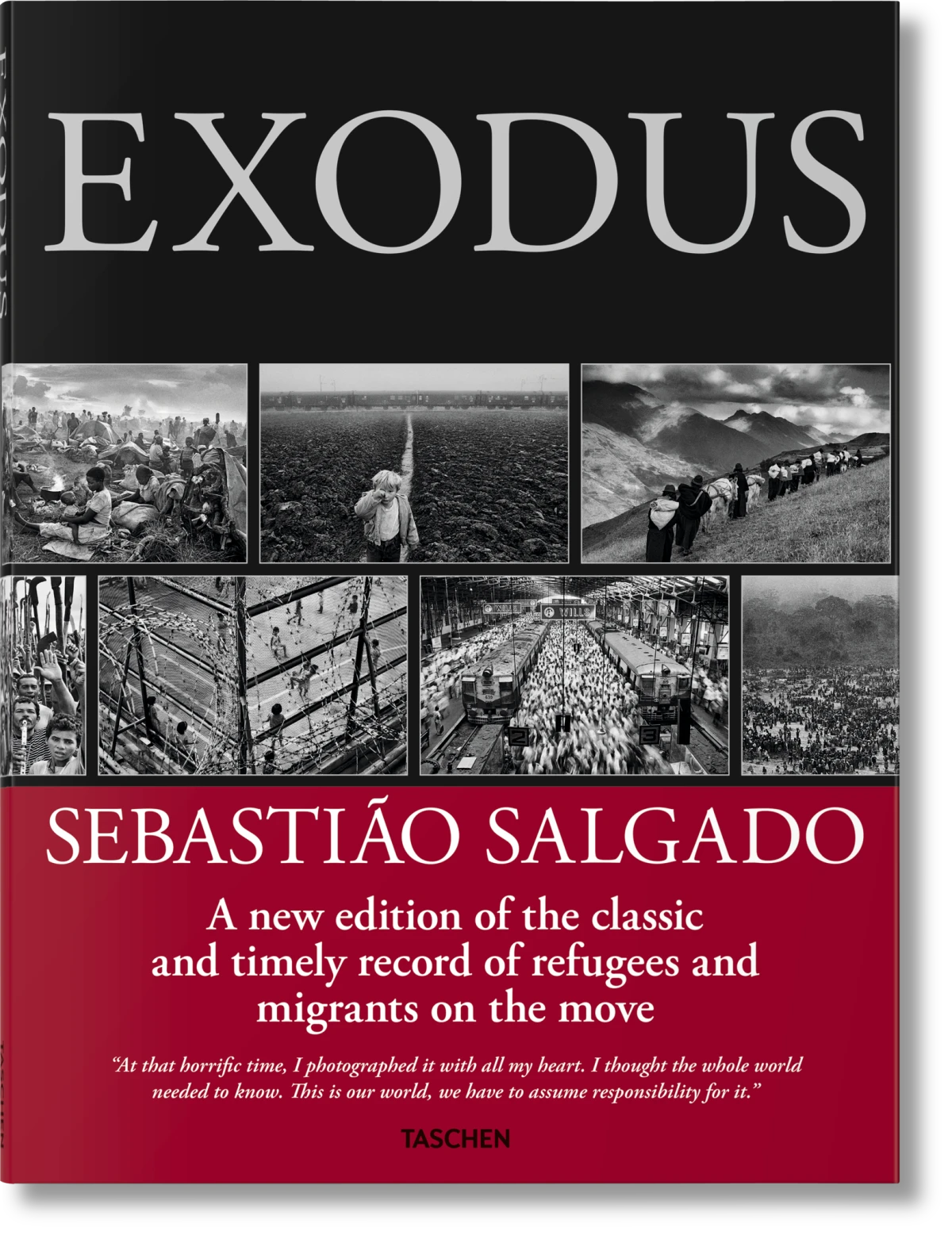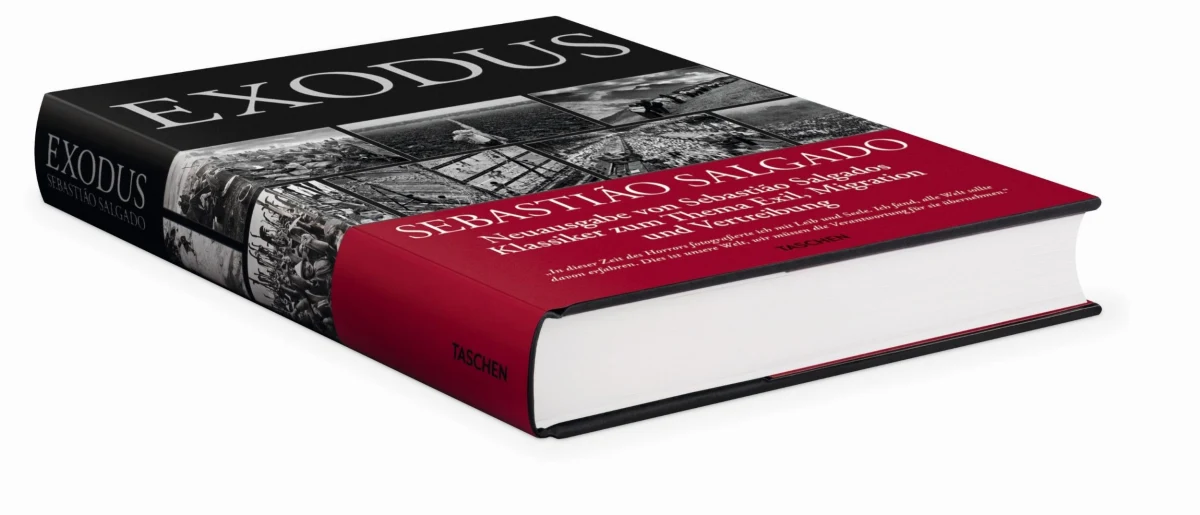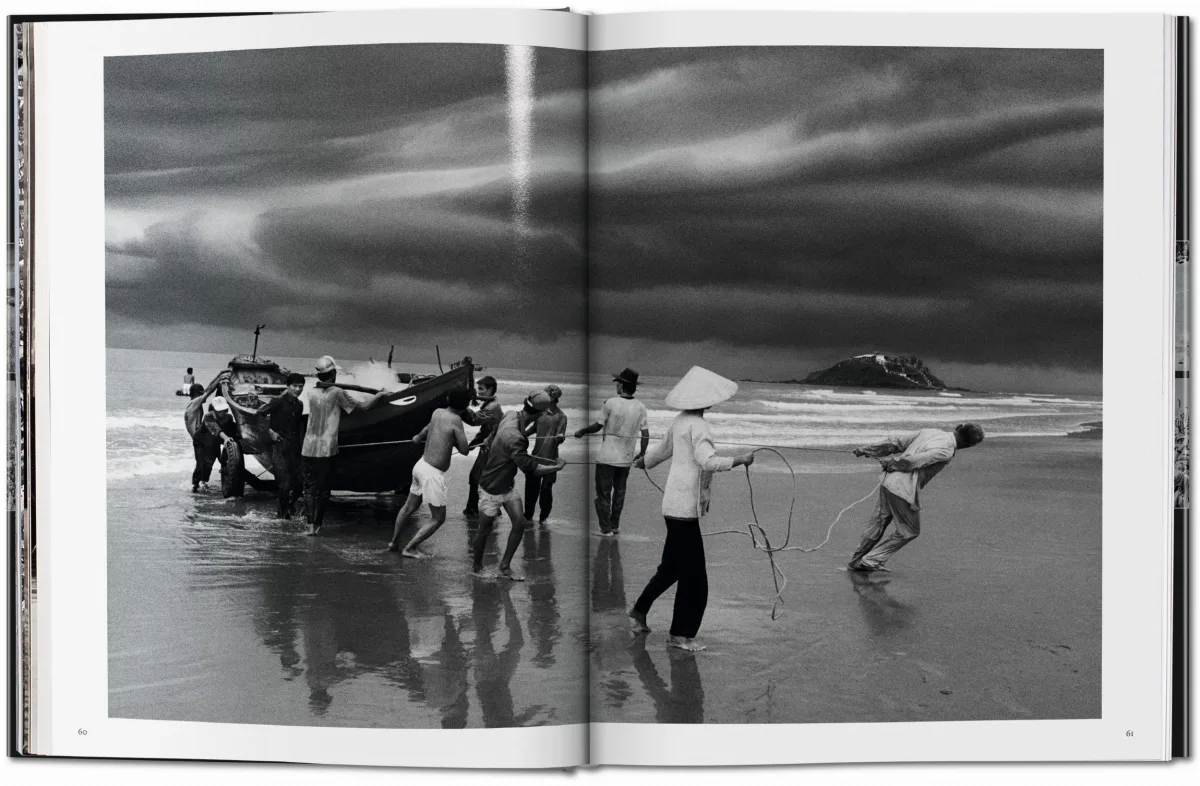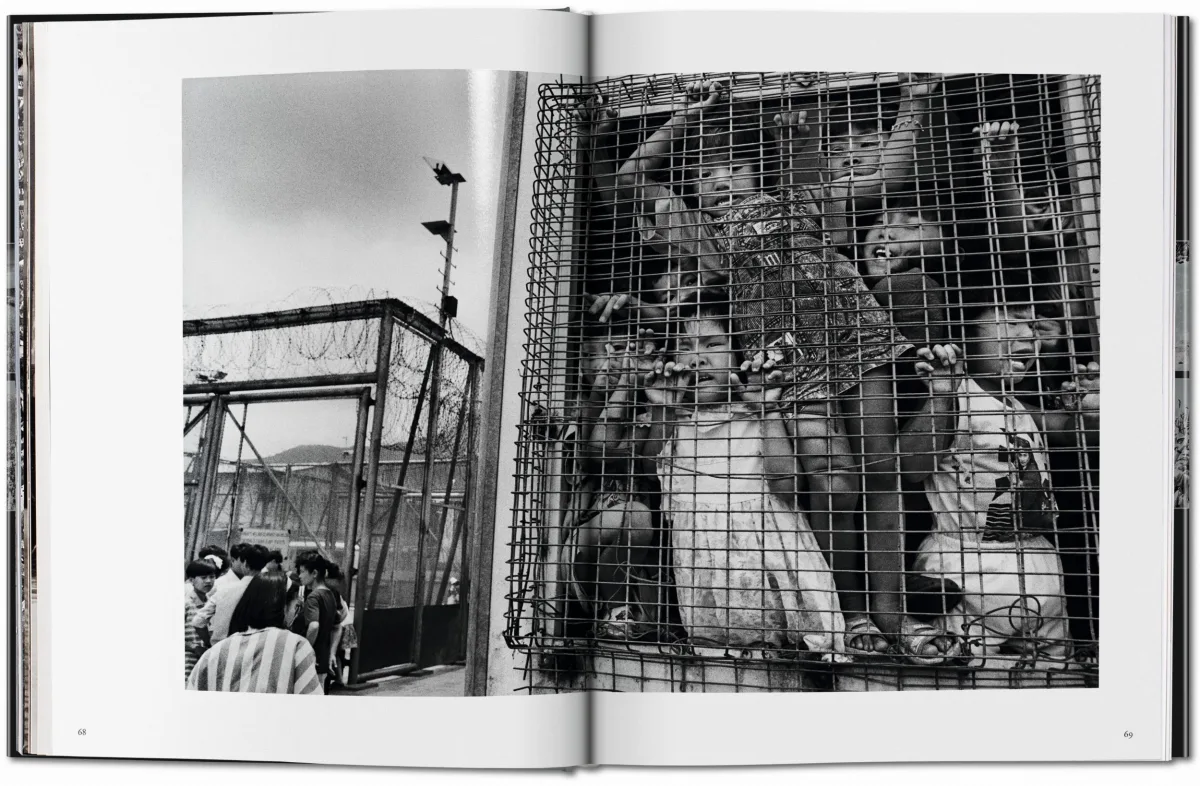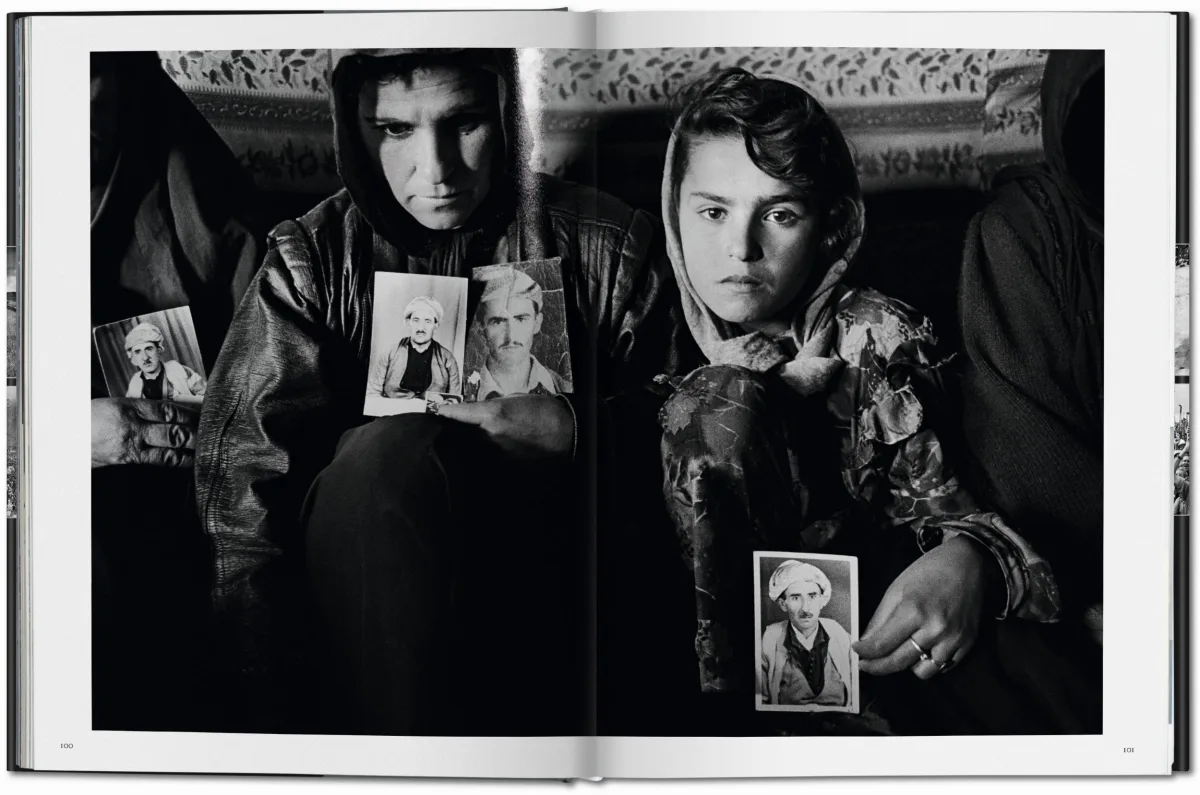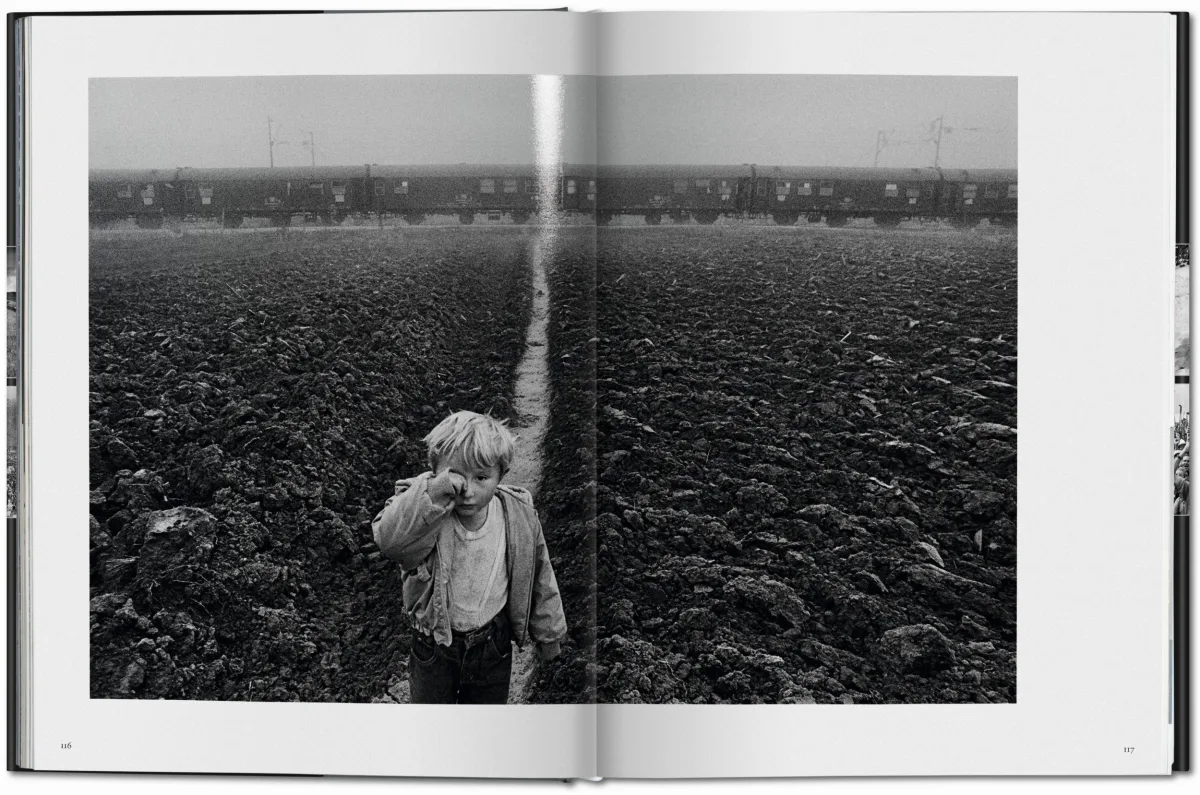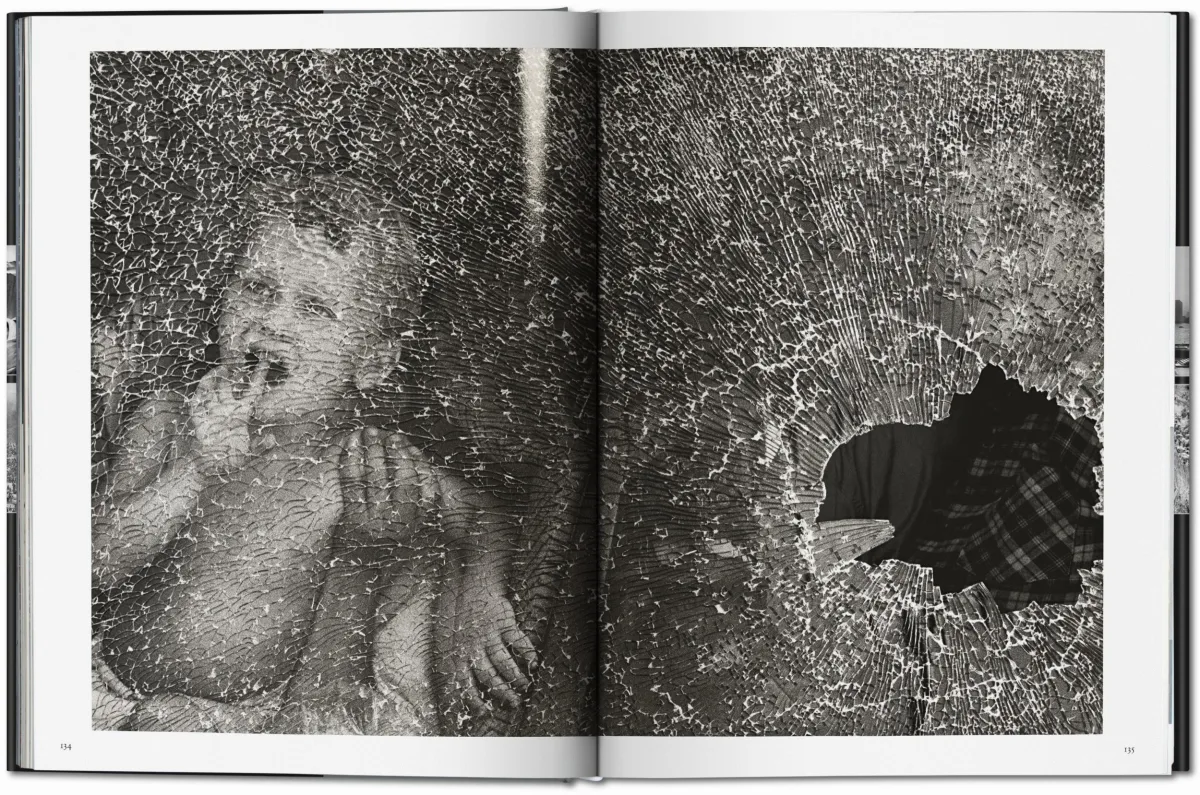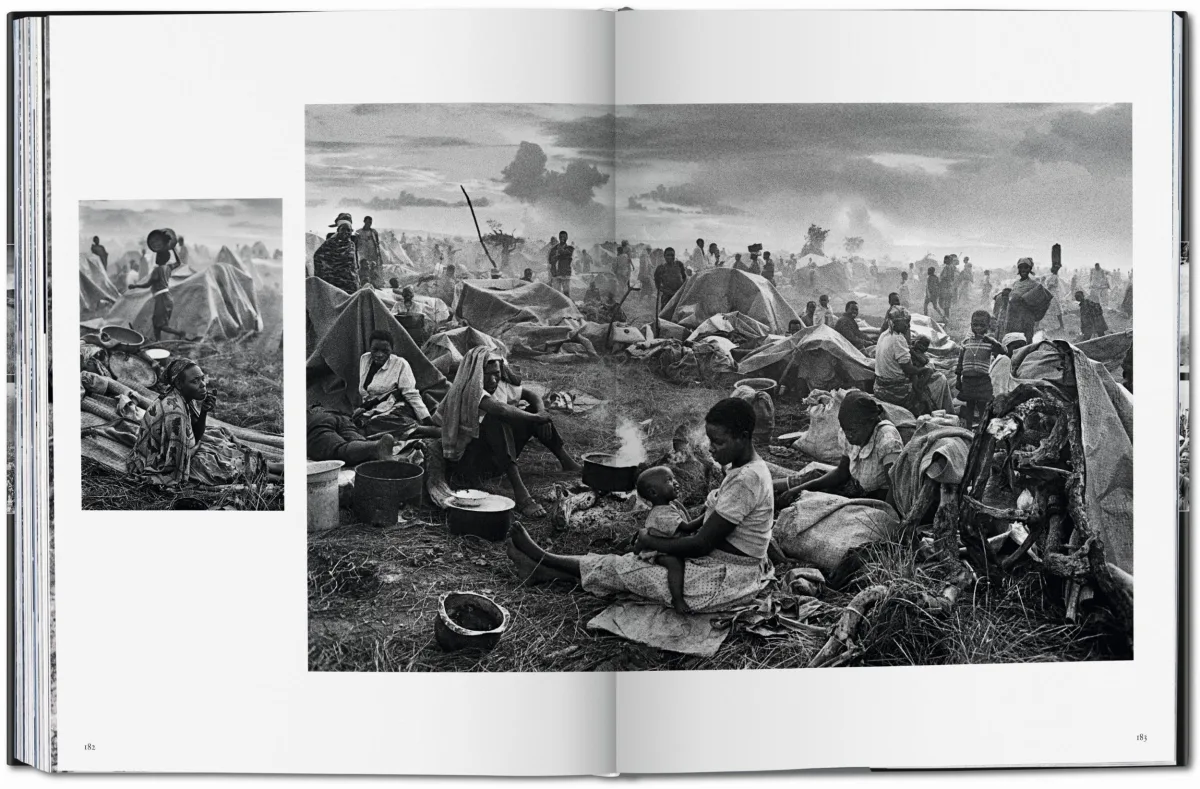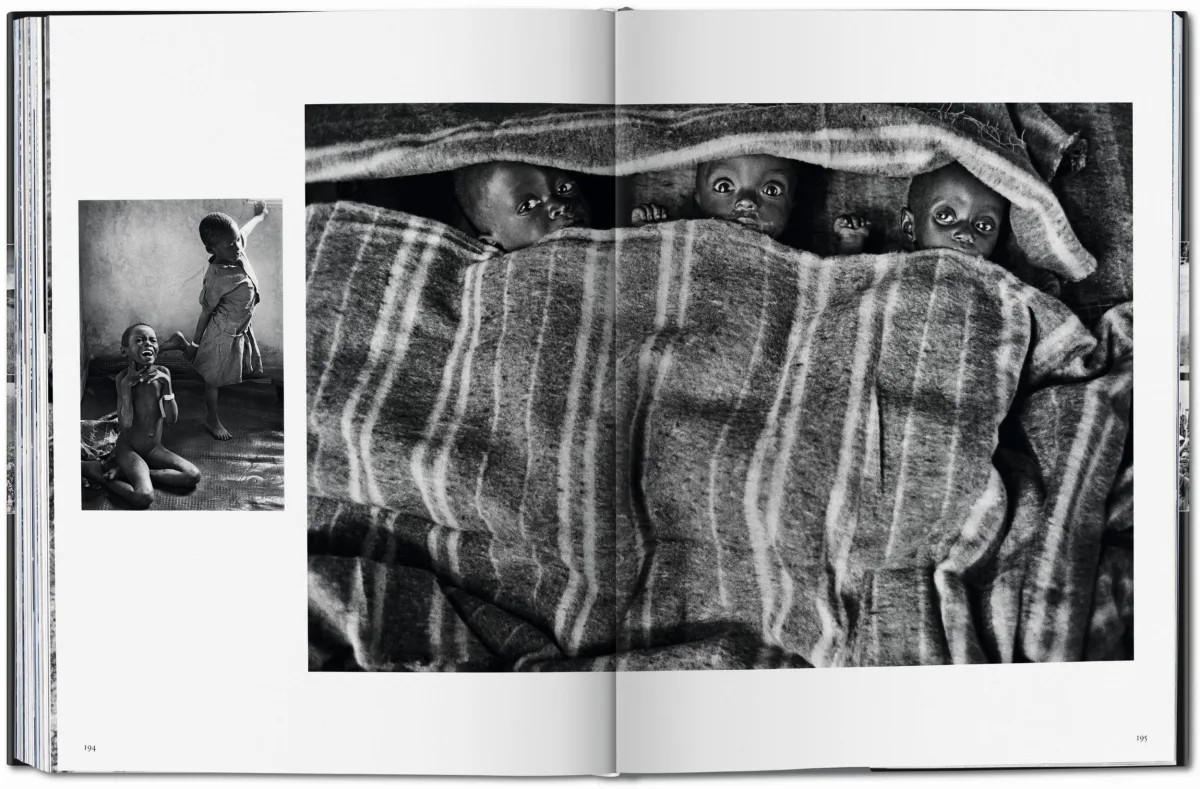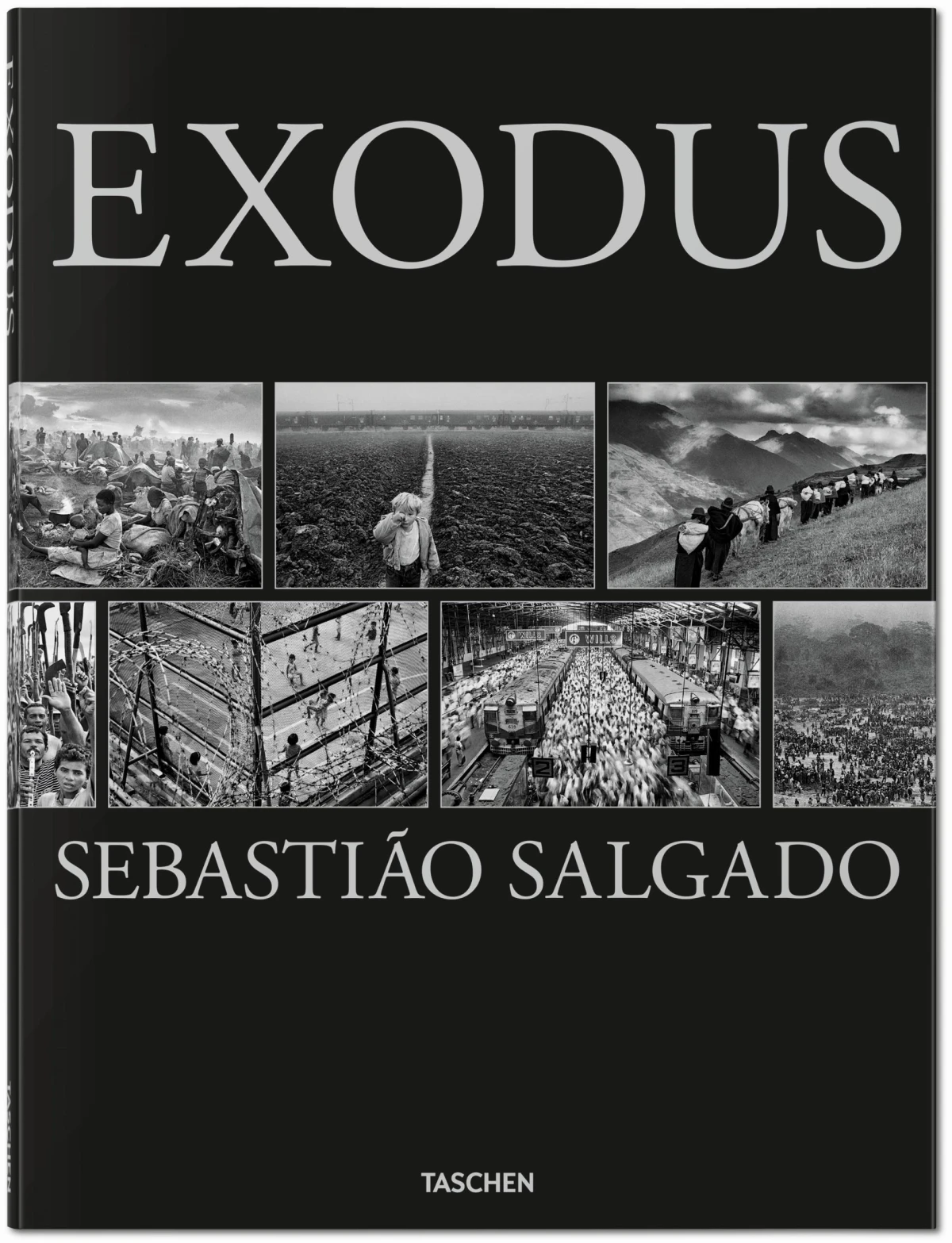Sebastião Salgado. Exodus
100Edizione: IngleseDisponibilità: Disponibile
Sebastião Salgado. Exodus
100Humanity on the Move
Sebastião Salgado’s searing account of exiles, migrants, and refugees
Salgado spent six years with migrant peoples, visiting more than 35 countries to document displacement on the road, in camps, and in overcrowded city slums where new arrivals often end up. His project includes Latin Americans entering the United States, Jews leaving the former Soviet Union, Kosovars fleeing into Albania, the Hutu refugees of Rwanda, as well as the first “boat people” of Arabs and sub-Saharan Africans trying to reach Europe across the Mediterranean ea. His images feature those who know where they are going and those who are simply in flight, relieved to be alive and uninjured enough to run. The faces he meets present dignity and compassion in the most bitter of circumstances, but also the many ravaged marks of violence, hatred, and greed.
With his particular eye for detail and motion, Salgado captures the heart-stopping moments of migratory movement, as much as the mass flux. There are laden trucks, crowded boats, and camps stretched out to a clouded horizon, and then there is the small, bandaged leg; the fingerprint on a page; the interview with a border guard; the bundle and baby clutched to a mother’s breast. Insisting on the scale of the migrant phenomenon, Salgado also asserts, with characteristic humanism, the personal story within the overwhelming numbers. Against the indistinct faces of televised footage or the crowds caught beneath a newspaper headline, what we find here are portraits of individual identities, even in the abyss of a lost land, home, and, often, loved ones.
At the same time, Salgado also declares the commonality of the migrant situation as a shared, global experience. He summons his viewers not simply as spectators of the refugee and exile suffering, but as actors in the social, political, economic, and environmental shifts which contribute to the migratory phenomenon. As the boats bobbing up on the Greek and Italian coastline bring migration home to Europe like no mass movement since the Second World War, Exodus cries out not only for our heightened awareness but also for responsibility and engagement. In face of the scarred bodies, the hundreds of bare feet on hot tarmac, our imperative is not to look on in compassion, but, in Salgado’s own words, to temper our behaviors in a “new regimen of coexistence.”
Gli autori
Lélia Wanick Salgado ha studiato architettura e progettazione urbana a Parigi. Il suo interesse per la fotografia risale al 1970. Negli anni ’80 ha iniziato a ideare e progettare libri di fotografia e a organizzare mostre, molte delle quali dedicate a Sebastião Salgado.
Sebastião Salgado ha iniziato la sua carriera come fotografo professionista a Parigi nel 1973, lavorando in seguito con le agenzie fotografiche Sygma, Gamma e Magnum. Nel 1994, insieme alla moglie Lélia, ha fondato Amazonas Images, agenzia che gestisce in esclusiva la sua opera. I suoi progetti fotografici sono stati esposti in molte mostre e pubblicati in numerosi libri, tra cui Other Americas (1986), Sahel: L’Homme en détresse (1986), Terra (1997), In Cammino (2000), Ritratti, (2000), Africa (2007), Genesi (2013), Exodus (2016), Kuwait (2016), Gold (2019) e Amazônia (2021).
Sebastião Salgado. Exodus
Hardcover with booklet in slipcase, 24.8 x 33 cm, 3.72 kg, 432 pagineISBN 978-3-8365-6130-3
Edizione: Inglese5

